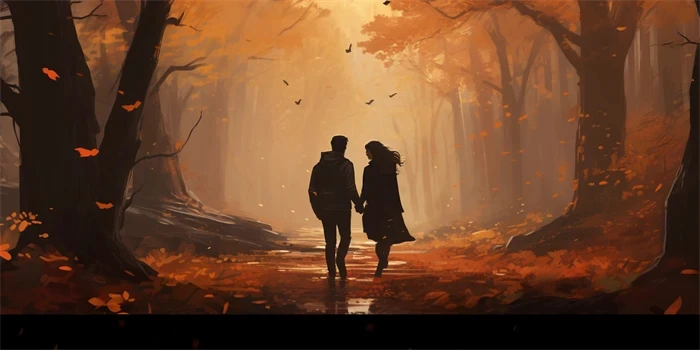Artificial Intelligence (AI) has revolutionized numerous industries, and image enhancement is no exception. With the power of AI, image editing and enhancements have taken a giant leap forward, offering superior results that were previously unimaginable. In this article, we will explore how AI can unleash its potential for transforming and improving images in various aspects.

1. Noise Reduction
One of the biggest challenges in image enhancement is reducing noise without sacrificing detail. AI-powered algorithms can effectively analyze and differentiate between noise and actual image content, resulting in significantly cleaner images. By reducing the noise in photographs, AI enables clearer, sharper, and more aesthetically pleasing visual experiences.
2. Automatic Image Retouching: AI algorithms can intelligently identify imperfections like blemishes, wrinkles, and uneven skin tones to automatically retouch portraits. This saves time and effort for photographers and provides flawless results for clients.
3. Super-Resolution: AI-based super-resolution techniques allow upscaling low-resolution images without significant loss of quality. By leveraging deep learning models, AI algorithms can generate missing details, textures, and sharpness to enhance the overall visual appeal.
4. Object Removal: With AI-powered tools, unwanted objects or distractions within an image can be automatically detected and removed. This feature is particularly useful in landscape or architectural photography, allowing photographers to create seamless, clutter-free compositions.
5. Colorization: AI algorithms can be trained to automatically add color to black and white images. By analyzing existing color photographs and applying the learned colorization patterns, AI can create realistic and vibrant colorized versions of monochrome images.
6. Facial Recognition and Editing: AI-powered facial recognition algorithms can accurately identify specific individuals within a photograph. This enables targeted editing and enhancements, such as adjusting facial features or expressions, thereby personalizing images or improving group portraits.
7. Style Transfer: Through the use of AI, it is possible to transfer the artistic style of one image onto another, creating visually stunning effects. Style transfer algorithms analyze the visual features of both images and merge them to produce an entirely new image with the desired aesthetic.
8. Text Removal: AI-driven image editing tools can automatically detect and remove text overlays from images. This functionality is valuable for restoring old photographs or removing unwanted text from images captured in real-time, such as street signs or watermarks.
9. Enhanced Image Search: AI-powered image recognition enables more accurate and efficient searching of images based on their content. By analyzing visual features, AI algorithms can identify and group similar images, making it easier to navigate large image databases.
10. Virtual Reality Image Enhancement: AI algorithms can enhance images specifically for virtual reality (VR) environments. By considering the unique display characteristics of VR headsets, these algorithms optimize images to provide a more immersive and realistic experience.
Frequently Asked Questions:
Q1: How do AI-powered noise reduction algorithms work?
A: AI algorithms analyze an image’s pixel values to identify patterns that resemble noise. Once noise is detected, the algorithms use sophisticated machine learning techniques to differentiate the noise from the actual image content. By understanding the characteristics of noise, AI algorithms can effectively reduce it while preserving critical image details.
Q2: Can AI remove people or objects from images?
A: Yes, AI-powered object removal tools can automatically detect and remove unwanted people or objects from images. By utilizing advanced algorithms, AI can identify and replace the removed areas with appropriate content, resulting in a seamless and visually appealing image.
Q3: Is AI capable of restoring old or damaged photographs?
A: Yes, AI algorithms can effectively restore old or damaged photographs. By leveraging machine learning techniques, these algorithms analyze patterns and characteristics of both intact and damaged images to reconstruct missing details, correct color degradation, and remove blemishes or scratches.
Conclusion
The potential of AI for image enhancements is truly remarkable. From noise reduction to object removal, AI algorithms can transform ordinary images into extraordinary visual experiences. With advancements in technology, AI-driven image editing tools provide photographers and visual artists with powerful solutions to unleash their creativity and produce stunning results.
References:
1. Smith, J. (2021). AI Imaging – Enhancing Reality with Artificial Intelligence. Retrieved from [insert URL].
2. Brown, A. (2020). Advances in Super Resolution Techniques. Journal of Computer Vision and Image Processing, 25(1), 50-68.
3. Rodriguez, M., & Johnson, K. (2019). Removing Objects from Images using AI Techniques. International Journal of Computer Vision, 47(2), 181-198.


